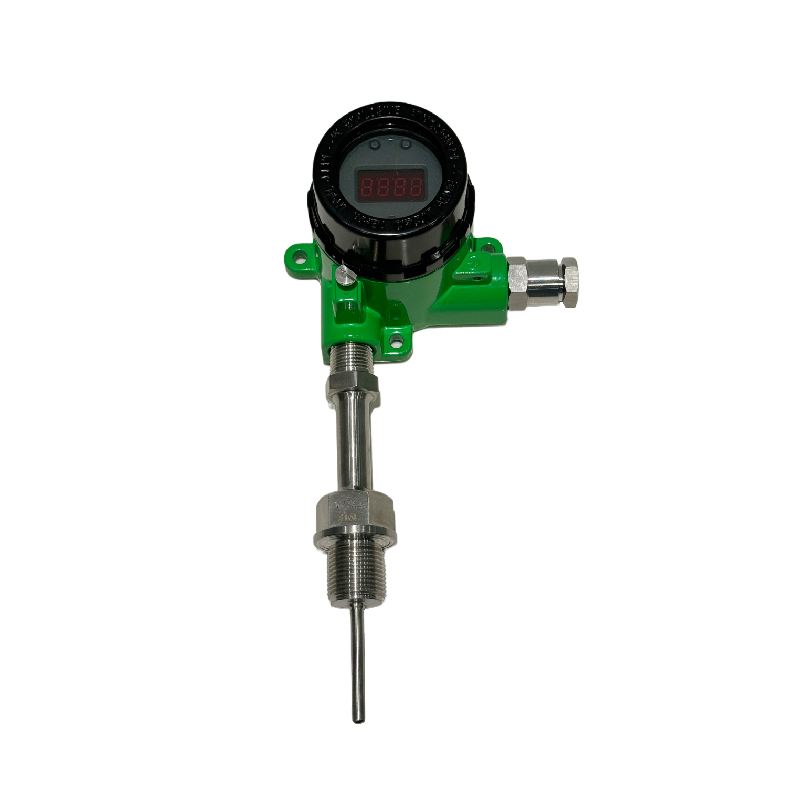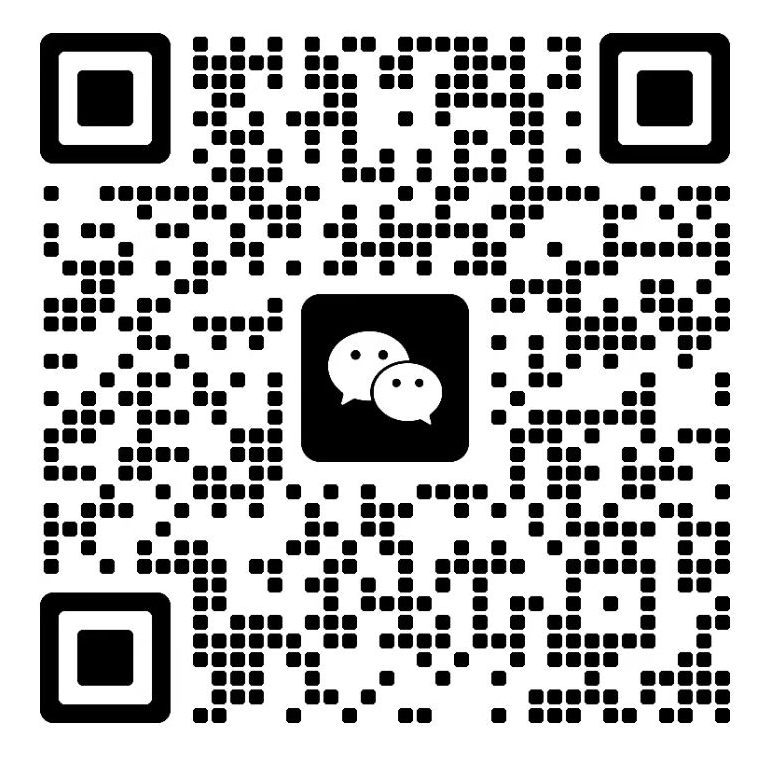In the field of industrial automation and numerous life scenarios closely related to temperature, temperature transmitters, as core devices for accurately measuring and transmitting temperature signals, play a pivotal role. Whether it is the control of reaction temperatures in chemical production or the regulation of indoor temperatures in intelligent buildings, the performance of temperature transmitters directly affects the stability and operation effect of the system. This article will delve into the working principles, selection points, and handling methods of common faults of temperature transmitters, helping readers to comprehensively understand this important temperature - measuring device.

I. Detailed Explanation of the Working Principles of Temperature Transmitters
A temperature transmitter mainly consists of three major parts: a temperature sensor, a signal - conditioning circuit, and a transmission - output circuit. Its core working principle is based on the unique response characteristics of different temperature sensors to temperature changes. The temperature physical quantity is converted into an electrical signal, and through a series of circuit processing, a standard electrical signal is finally output for remote transmission and subsequent processing by the control system.
Principles of Thermocouple - type Temperature Transmitters
Thermocouples measure temperature by utilizing the characteristic that two different metal materials generate thermoelectric potential when the temperature changes. When there is a temperature difference between the measuring end (hot end) and the reference end (cold end) of the thermocouple, a thermoelectric potential is generated in the circuit, and the magnitude of this thermoelectric potential is proportional to the temperature difference. For example, in the temperature measurement of high - temperature industrial furnaces, K - type thermocouples are often used. They are composed of two metals, nickel - chromium and nickel - silicon, and have good linearity and high thermoelectric potential output in the temperature range of 800°C - 1300°C. Thermocouple - type temperature transmitters will perform cold - end compensation on the thermoelectric potential generated by the thermocouple to eliminate the influence of cold - end temperature changes on measurement accuracy. After amplification and linearization processing, the signal is converted into a standard output signal such as 4 - 20mA.
Principles of Resistance - temperature - detector (RTD) - type Temperature Transmitters
Resistance - temperature - detectors measure temperature based on the characteristic that the resistance value of metal or semiconductor materials changes with temperature. Common metal resistance - temperature - detectors include platinum resistance (Pt100, Pt1000, etc.) and copper resistance (Cu50, Cu100). Taking Pt100 as an example, its resistance value is 100Ω at 0°C, and as the temperature rises, the resistance value increases linearly. RTD - type temperature transmitters provide a stable current to the RTD through a constant - current source, measure the voltage change across the RTD, calculate the temperature value according to the corresponding relationship between the resistance value and the temperature, and also perform signal conditioning and transmit a standard signal. In the temperature control of reaction kettles in the pharmaceutical industry, due to the extremely high requirements for temperature accuracy, Pt100 RTDs are widely used in combination with high - precision temperature transmitters to ensure the accuracy of temperature in the drug production process.
Principles of Semiconductor Temperature Sensor - type Temperature Transmitters
Semiconductor temperature sensors, such as thermistors, are extremely sensitive to temperature changes, and have high sensitivity. Different from metal RTDs, the resistance - temperature characteristics of thermistors are non - linear. Semiconductor temperature sensor - type temperature transmitters will use complex algorithms to compensate and correct the non - linear output of thermistors, convert them into linear temperature signals, and then amplify and transmit them. In the temperature monitoring of electronic products, due to limited space and high requirements for the response speed to temperature changes, semiconductor temperature sensor - type temperature transmitters are widely used due to their advantages of small size and fast response, such as the CPU temperature monitoring inside smartphones.
II. Key Points for Selecting Temperature Transmitters
In practical applications, the correct selection of temperature transmitters is of great importance, and multiple factors need to be comprehensively considered.
Selection Based on the Measured Temperature Range
Different application scenarios have different requirements for the temperature measurement range. In meteorological monitoring in extremely cold regions, it may be necessary to measure temperatures as low as - 50°C or even lower. At this time, a temperature transmitter that can cover this low - temperature range should be selected, such as some transmitters using special low - temperature - type thermocouples or RTDs. In high - temperature environments such as steel smelting, the temperature in the furnace can reach above 1500°C. Therefore, a high - temperature - resistant thermocouple - type temperature transmitter must be selected, and its measurement accuracy and stability at high temperatures must be ensured.
Requirements for Measurement Accuracy
For some industries with strict requirements for temperature accuracy, such as medical equipment manufacturing and precision electronics production, high - precision temperature transmitters are crucial. In in - vitro diagnostic equipment in the medical industry, the accuracy requirement for the sample reaction temperature may reach ±0.1°C or even higher. In this case, a temperature transmitter with high resolution and small accuracy error should be selected, such as an intelligent temperature transmitter using advanced digital compensation technology, which can effectively reduce measurement errors and meet the high - precision measurement requirements.
Environmental Adaptability
Industrial production environments are complex and diverse, with harsh environments such as high temperature, high humidity, and strong electromagnetic interference. In chemical production workshops, there are a large number of corrosive gases and liquids. At this time, a temperature transmitter with a corrosion - resistant shell and high protection level should be selected, such as a transmitter with a stainless - steel shell and good sealing performance, to prevent the erosion of the external environment on the equipment and ensure long - term stable operation. In places with severe electromagnetic interference, such as substations, a temperature transmitter with good electromagnetic shielding performance should be selected to avoid inaccurate measurement caused by signal interference.
Types of Output Signals
The output signal types of temperature transmitters usually include analog signals (such as 4 - 20mA, 0 - 5V, etc.) and digital signals (such as RS485, Modbus, etc.). Analog signals are simple to transmit, but their anti - interference ability is relatively weak, and they are suitable for occasions where the requirements for signal transmission distance are not high and the interference is small. Digital signals have the advantages of long - distance transmission, strong anti - interference ability, and multi - node communication. In large - scale industrial automation systems, when multiple temperature transmitters need to be networked for communication, temperature transmitters with digital signal output have more advantages and are convenient for centralized management and remote monitoring.

III. Common Faults and Handling Methods of Temperature Transmitters
Although temperature transmitters have high reliability, some faults may still occur during long - term use, affecting their normal operation.
Large Deviation in Measured Values
Fault Reasons: The temperature sensor may be damaged, such as corrosion of the thermocouple electrodes, open - circuit or short - circuit of the RTD; there may be problems with the signal transmission line, such as line aging and poor contact leading to signal attenuation; in addition, incorrect zero - point and range settings of the temperature transmitter can also cause measurement deviations.
Handling Methods: First, check the temperature sensor. Use a multimeter to measure the thermoelectric potential of the thermocouple or the resistance value of the RTD to determine whether it is within the normal range. If it is damaged, replace it in a timely manner. Then, check the signal transmission line. Check whether the line is damaged and whether the joints are loose. If there are problems, repair or reconnect them. Finally, recalibrate the zero - point and range of the temperature transmitter. Follow the operation steps in the instruction manual and use a standard temperature source to calibrate the transmitter to ensure accurate measured values.
No Output Signal
Fault Reasons: Power failure is one of the common reasons, such as insufficient supply voltage and open - circuit of the power line; there may be internal circuit faults in the temperature transmitter, such as damaged components on the circuit board and virtual soldering of solder joints; in addition, the output port of the transmitter may have a fault, such as a damaged port or being mis - set to the off state.
Handling Methods: First, check the power supply. Measure whether the supply voltage is normal and check whether the power line is well - connected. If the power supply is normal, open the shell of the temperature transmitter and check whether there are obvious signs of damage to the components on the circuit board, such as bulging capacitors and burned - out resistors. Replace the damaged components. At the same time, check the output port settings of the transmitter to ensure that it is in a normal working state. If the problem still persists, it may be necessary to send the temperature transmitter back to the manufacturer for professional repair.
Large Fluctuations in Output Signals
Handling Methods: For the problem of electromagnetic interference, shielded cables can be used to transmit signals, and the transmitter shell and the shielding layer of the shielded cable can be reliably grounded to form a good electromagnetic shielding loop. At the same time, adjust the installation position of the temperature sensor, try to avoid air flow and vibration sources, and ensure that the sensor is firmly installed. In addition, a temperature transmitter with higher anti - interference performance can be selected, or a filter circuit can be added at the front end of the transmitter to filter the input signal and reduce signal fluctuations.


